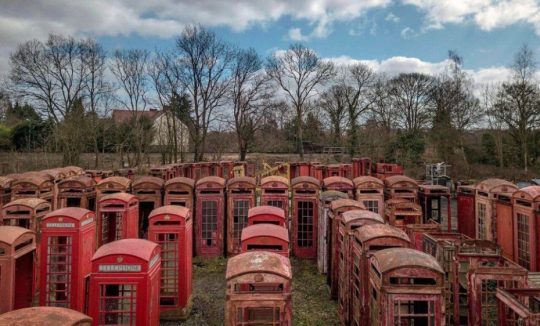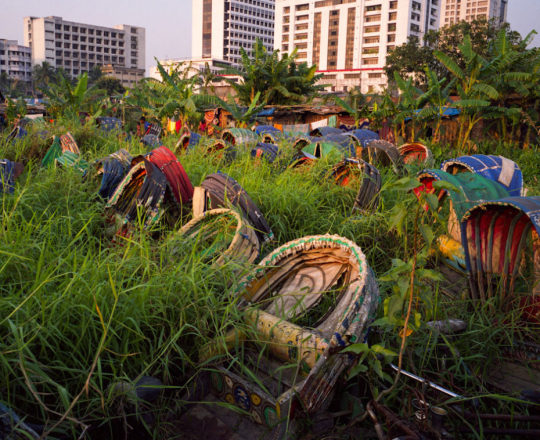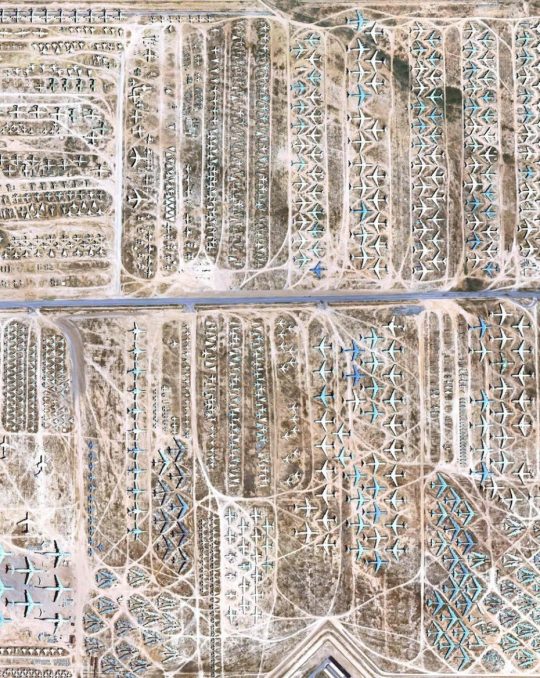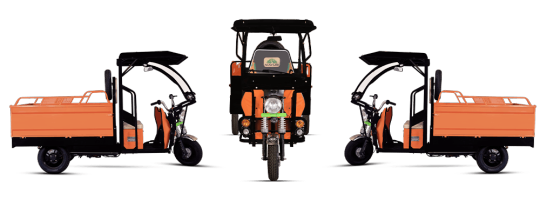#battery operated rickshaw in bangladesh
Explore tagged Tumblr posts
Text
Electric Rickshaws: The Eco-Friendly Solution for Sustainable Urban Transportation
As the world continues to face the consequences of climate change, cities are looking for ways to reduce their carbon footprint and move towards more sustainable transportation options. One such option that has gained popularity in recent years is the electric rickshaw. Also known as e-rickshaws, these vehicles are a low-cost, energy-efficient and eco-friendly mode of transportation that could revolutionize urban mobility.
E-rickshaws are battery-powered, three-wheeled vehicles that are similar to traditional rickshaws in terms of size and design. They have a seating capacity of 2-6 passengers and can reach a top speed of 25-35 km/h. Unlike traditional rickshaws, however, e-rickshaws are powered by an electric motor and do not emit any harmful pollutants into the air. This makes them an excellent option for short trips in congested urban areas where air pollution is a major problem.

Benefits of E-Rickshaws
One of the biggest advantages of e-rickshaws is their environmental impact. According to a study by the Indian Institute of Technology Delhi, e-rickshaws emit up to 75% less carbon dioxide than traditional rickshaws and up to 95% less than petrol-powered vehicles. This reduction in emissions can help to improve air quality and reduce the negative health effects associated with air pollution. Additionally, e-rickshaws are highly energy-efficient, with some models capable of traveling up to 80 kilometers on a single charge.
In addition to their environmental benefits, e-rickshaws also have a number of economic advantages. They are significantly cheaper to operate and maintain than traditional rickshaws, as they require less frequent fueling and have fewer mechanical parts that need to be replaced. This lower cost of ownership can also lead to increased job opportunities for drivers, as more e-rickshaws on the road means more demand for drivers.
Despite the many benefits of e-rickshaws, however, there are still several challenges that need to be addressed before they can become a widespread mode of transportation. One of the biggest challenges is the lack of infrastructure and charging stations for e-rickshaws. While some cities have started to build charging stations for electric vehicles, the infrastructure is still not widespread enough to support a large number of e-rickshaws on the road.
Another challenge facing e-rickshaw adoption is regulatory barriers and government support for electric vehicles. Many countries still have policies and regulations that favor traditional gasoline-powered vehicles over electric vehicles. This makes it difficult for e-rickshaw manufacturers to compete in the market and for drivers to switch to e-rickshaws.
Despite these challenges, there are several successful e-rickshaw programs around the world that provide a roadmap for future adoption. In India, for example, e-rickshaws have become a popular mode of transportation in cities like Delhi, where they offer a more affordable and eco-friendly alternative to traditional rickshaws. Similarly, in Bangladesh, e-rickshaws have helped to improve air quality in the capital city of Dhaka, where air pollution is a major problem.
Conclusion E-rickshaws have the potential to be a game-changer in the world of sustainable urban transportation. They offer a low-cost, energy-efficient, and eco-friendly alternative to traditional gasoline-powered vehicles that could help to reduce emissions, improve air quality, and create jobs for drivers and manufacturers. While there are still several challenges that need to be addressed, the success of e-rickshaw programs around the world shows that they are a viable option for the future of urban mobility. As cities around the world look for ways to reduce their carbon footprint, e-rickshaws are a solution that should not be overlooked.
1 note
·
View note
Photo

Today, we’re going to explore non-human graveyards. Did you know that there are interesting places around the world where certain groups of things go to deteriorate? This big guy is headed to the FAST as in “Fiberglass Animal Shapes and Trademarks” Graveyard.

FAST is in Sparta, Wisconsin and has been making fiberglass statues since the 1970s. FAST Fiberglass makes “larger than life” statues, road side attractions, and themed water slides.

To avoid wasting the molds they saved every one they’ve ever made, and it’s accidentally become a tourist attraction.

England’s red phone booth cemetery. More than 5,000 have been adopted and converted into all kinds of novel uses.


The Rickshaw resting place of Bangladesh. The traditional rickshaw is facing a challenge from battery-powered vehicles that don’t require quite the same superhuman effort from the driver. Nearly half of all crashes involve them and many roads in the capital have been declared off-limits to rickshaws.


Ben & Jerry’s Graveyard of Discontinued Flavors. Surrounded by a white picket fence on a grassy knoll in Vermont, lie the headstones of especially beloved flavors or particularly despised flavors.


China’s bicycle graveyard. This is the result of the “dockless bikes” b/c there weren’t enough docks for public bikes. There were no regulations to control how many businesses could operate or how many bikes were being distributed, so it got to the point where gov’t had to put a halt on new bike production.


Where planes go. Outside Tucson, Arizona, the planes first undergo ‘pickling.’ Their engines are removed, the windows covered and the fluids drained. But these giants are too big to bury so you would be able to see just about every kind of airplane that the military has flown since WWII.


Virginia’s dumping ground for 43 President’s heads, left over from the defunct ‘Presidents Park’ theme park.


France’s graveyard of big red firetrucks. Fire Depts. used to raise funds to restore them and put them in museums, but that went bust. They were then sold to the public or scrapped. The rest were sent to storage sites like this in the event that maybe a museum would save them.


And, finally, Portugal’s anchors are all that’s left of a once-bustling tuna fishing industry.
https://www.messynessychic.com/
557 notes
·
View notes
Text
Why The Move To Electric Transportation Has Favoured E-Rickshaws

Around the world, there has been an increase in the use of electric vehicles, a potential way to fight climate change and cut pollution. But even while the use of electric vehicles is still growing in many nations, the e-rickshaw and battery operated e rickshaw loader, a common vehicle in many developing nations, has already benefited significantly from the switch to electric transportation.
Three-wheeled e-rickshaws, often referred to as electric auto-rickshaws or e-auto-rickshaws, are frequently utilised for public transportation in developing nations, including India, Bangladesh, and Nepal. Essentially, they are a small battery-powered variation of the classic, gas-powered auto-rickshaw. Compared to traditional rickshaws or other types of public transit, e rickshaw manufacturers in India manufactures e rickshaw that is more cost-effective to run, environmentally friendly, and frequently more convenient for passengers.
One of the key reasons that e-rickshaws have benefitted from the move to electric transportation is their affordability. In many developing countries, where traditional rickshaws are a common form of transportation, e-rickshaws are often a more affordable option than gasoline-powered auto-rickshaws. E-rickshaws have a lower initial cost, and their battery-powered motors are much cheaper to maintain than gasoline engines. This means that e-rickshaw owners and drivers can save money on fuel and maintenance costs, making it a more sustainable and profitable business option.
In addition to their affordability, e-rickshaws are also more environmentally friendly than traditional rickshaws or other forms of public transportation. E-rickshaws manufactured by top e rickshaw manufacturers in India produce significantly zero emissions than gasoline or fossil fuel-powered vehicles, which is an important consideration in developing countries where air pollution is a serious problem. Using e-rickshaws can help reduce the levels of pollutants in the air and mitigate the negative impact on public health.
Another benefit of e-rickshaws is that they are often more convenient for passengers. E-rickshaws are generally faster and more comfortable than traditional rickshaws, which are often slow. E-rickshaws are also more reliable, as their battery-powered motors are less prone to breakdowns than traditional gasoline engines. This means that passengers can get to their destination more quickly and efficiently, which is particularly important in cities with high levels of traffic and congestion.
Finally, the move towards electric transportation has also spurred innovation, and technological advancements in the e-rickshaw industry with the introduction of the battery operated e rickshaw loader. As demand for e-rickshaws has grown, manufacturers have invested in improving the design and performance of these vehicles. So, the move towards electric transportation has significantly impacted the popularity and viability of e-rickshaws in many developing countries. As the shift towards electric transportation continues, we expect to see further advancements in the e-rickshaw industry, making these vehicles an even more attractive option for drivers and passengers alike.
0 notes
Photo

Electric rickshaws are the most famous electric vehicle in Asia, especially in India, Bangladesh, and Nepal. The low-cost rickshaws models were the first electric rickshaws to become popular in those countries. E-Rickshaws control or operate with a battery and they do not release smoke. So, they are non-polluting and are environmentally friendly. You can contact a dealership with us because we are the leading electric rickshaw manufacturer and supplier in India.
#ElectricRickshawManufacturers&SupplierinIndia #ERickshawManufacturers&SupplieratbestpriceinIndia #TopBatteryOperatedElectricVehicle
#ElectricRickshawManufacturers&SupplierinIndia#ERickshawManufacturers&SupplieratbestpriceinIndia#TopBatteryOperatedElectricVehicle
0 notes
Text
Recycled lead-acid battery putting Bangladesh in danger
Recycled lead-acid battery putting Bangladesh in danger
More than a million battery-operated auto-rickshaws sprang up out of nowhere in Bangladesh and are now being used by millions of people every day. This is a newly added innovative technology in Bangladesh’s transport system. It is often called an easy-bike, charger or auto, which is now a well-known name in the field of transport. The technology has been introduced to Bangladesh in 2009 and all…

View On WordPress
0 notes
Text
Asia Pacific electric three-wheeler market Projected To Witness Vigorous Expansion By 2026
The Asia Pacific electric three-wheeler market is estimated to be 156,397 units in 2021 and is projected to grow to 486,446 units by 2026, at a CAGR of 25.5% during the forecast period. The automotive industry is at the cusp of technological evolution to develop zero-emission vehicles, while electric three-wheelers for daily commuting have become the steppingstone for the same. However, before deploying these as primary usages, electric three-wheelers need to have the necessary charging infrastructure and optimum performance. Electric three-wheelers are also noise-free. They are therefore expected to be the building block for the success of emission-free vehicles of the future.
As of 2020, the Asia Pacific electric three-wheeler market was dominated by low-speed, affordable electric three-wheelers, having a top speed of less than 25-35 km/h. To extract more performance out of these vehicles, a bigger battery and advanced motor components are required, which will increase the overall price of the vehicle. Thus, manufacturers around the region, especially from cost-sensitive markets, have stuck to the low-performance electric three-wheelers, as they make more sense economically.
Download PDF Brochure @ https://www.marketsandmarkets.com/pdfdownloadNew.asp?id=59408226
The market for electric three-wheelers with 3-6 kWh battery capacity is estimated to cover the largest market share by 2026 because of the growing demand for higher battery capacity vehicles that can be used for longer distances without energy drain of the battery. E-rickshaws and electric autorickshaws have a battery capacity of 3–6 kWh. These batteries have higher energy density and thermal stability. They are used in high-performance electric three-wheelers as they offer a high current rate, optimum thermal stability, and a long lifecycle. These batteries are preferred for long-haul as they are large enough to accommodate heavy battery packs built with low-density cells and can offer the required range. Fewer range-related issues, affordability, and a better value proposition in the shared mobility space are the three core USPs of three-wheelers with battery capacity within the range of 3–6 kWh. Industry experts claim that with more daily rides, electric three-wheelers are more lucrative. A petrol-powered three-wheeler has a running cost of about INR 4 per km, while the running cost of its electric three-wheeler is around INR 0.5 per km. Affordable three-wheelers with battery capacity within the range of 3–6 kWh are a fast-moving segment, providing last-mile connectivity and expected to grow further in the countries of Asia Pacific where transportation still poses a challenge.
The 1,000–1,500 W segment by motor power is the largest due to its extensive usage in electric three-wheelers, as it provides a better range compared to below 1,000 W in low-speed electric three-wheelers. Players such as Atul Auto and Piaggio have experienced huge growth in electric three-wheelers with motor power of 1,000–1,500 W. It is estimated that electric three-wheelers with above 1,500 W power are expected to grow at a higher rate than other segments due to their higher energy efficiency and increasing demand for high-performance electric three-wheeler freight carriers. Motor power is one of the important deciding factors in this shift as synergy of motor power with the system helps run the electric three-wheelers.
Request Free Sample Report @ https://www.marketsandmarkets.com/requestsampleNew.asp?id=59408226
The lithium-ion segment by battery type is projected to be the faster-growing segment in the electric three-wheeler market during the forecast period. Established market players are attempting to develop electric three-wheelers equipped with advanced lithium-ion batteries. The limited lifecycle and usable capacity are likely to shift the focus from lead-acid to lithium-ion batteries and drive the electric three-wheeler market during the forecast period. Another advantage of a lithium-ion battery is lightweight, which helps maintain the energy-to-weight ratio of the vehicle. Its electrodes are made of lithium and carbon. It can store more energy per kilogram of weight compared to a lead-acid battery. High energy density helps drivers to deal with range anxiety, and hence, this factor is estimated to drive the lithium-ion battery segment during the forecast period.
India is the largest market in the region, followed by Bangladesh and the Philippines. India is the largest market in the region due to its government policies to support the adoption of electric three-wheelers. In August 2020, the government introduced the new Delhi Electric Vehicle Policy, 2020, intending to increase the adoption of EVs in the national capital region. The new policy proposed tax waivers, charging and swapping infrastructure establishment, battery cycling ecosystem, and creating a non-lapsable State EV Fund. In 2019, Delhi proposed open permits for electric three-wheelers. Moreover, India already has a well-established market for three-wheelers. This is because of the country’s high taxes on petrol, which increases the demand for alternative fuel vehicles. The government’s new vehicle scrappage policies will also support the growth of electric three-wheelers, besides lowering the cost by providing subsidiaries in the country. In 2020, the purchasers of e-carriers were eligible for a scrapping incentive for scrapping and then registering the old ICE goods carriers registered in Delhi. Up to ~USD 104 (INR 7,500) of the incentive shall be reimbursed by the GNCTD for the purchase of e-carriers. Regulatory support would play a key role in electric three-wheeler adoption. A combination of both fiscal and non-fiscal incentives is critical in the medium term. In terms of charging infrastructure, a mix of plug-in charging and battery swapping models must be carefully deployed for the growth of electric three-wheelers. For instance, in 2021, electric vehicle startup Zypp plans to set up 5,000 battery swapping stations for three-wheelers across India over the next three years. The last-mile delivery company, now operational in six cities, has set up 50 battery swapping stations across Delhi NCR and Jaipur.
Speak to Analyst @ https://www.marketsandmarkets.com/speaktoanalystNew.asp?id=59408226
0 notes